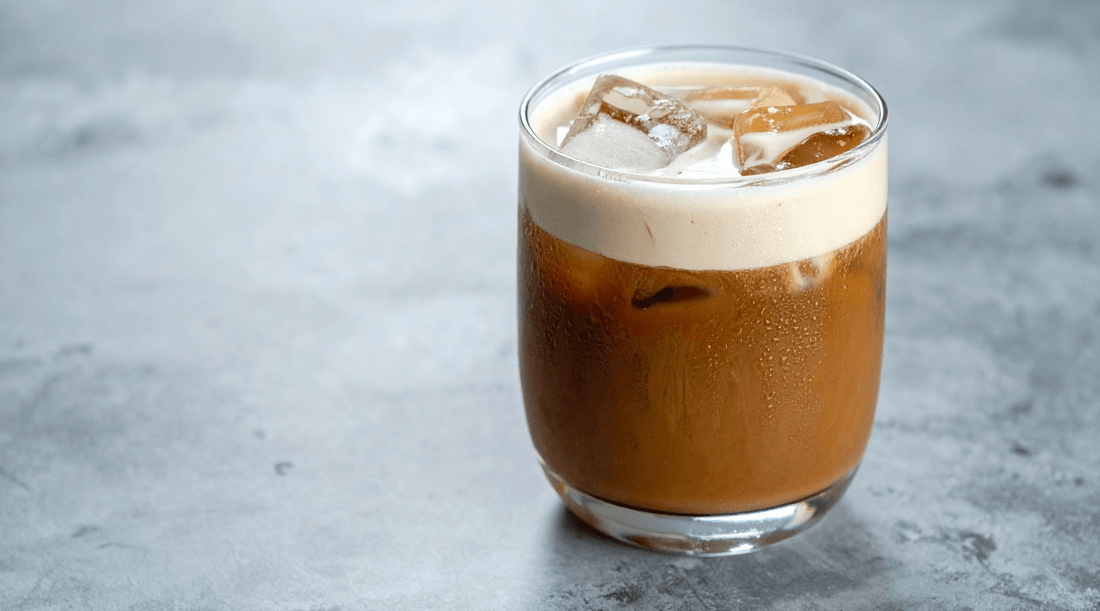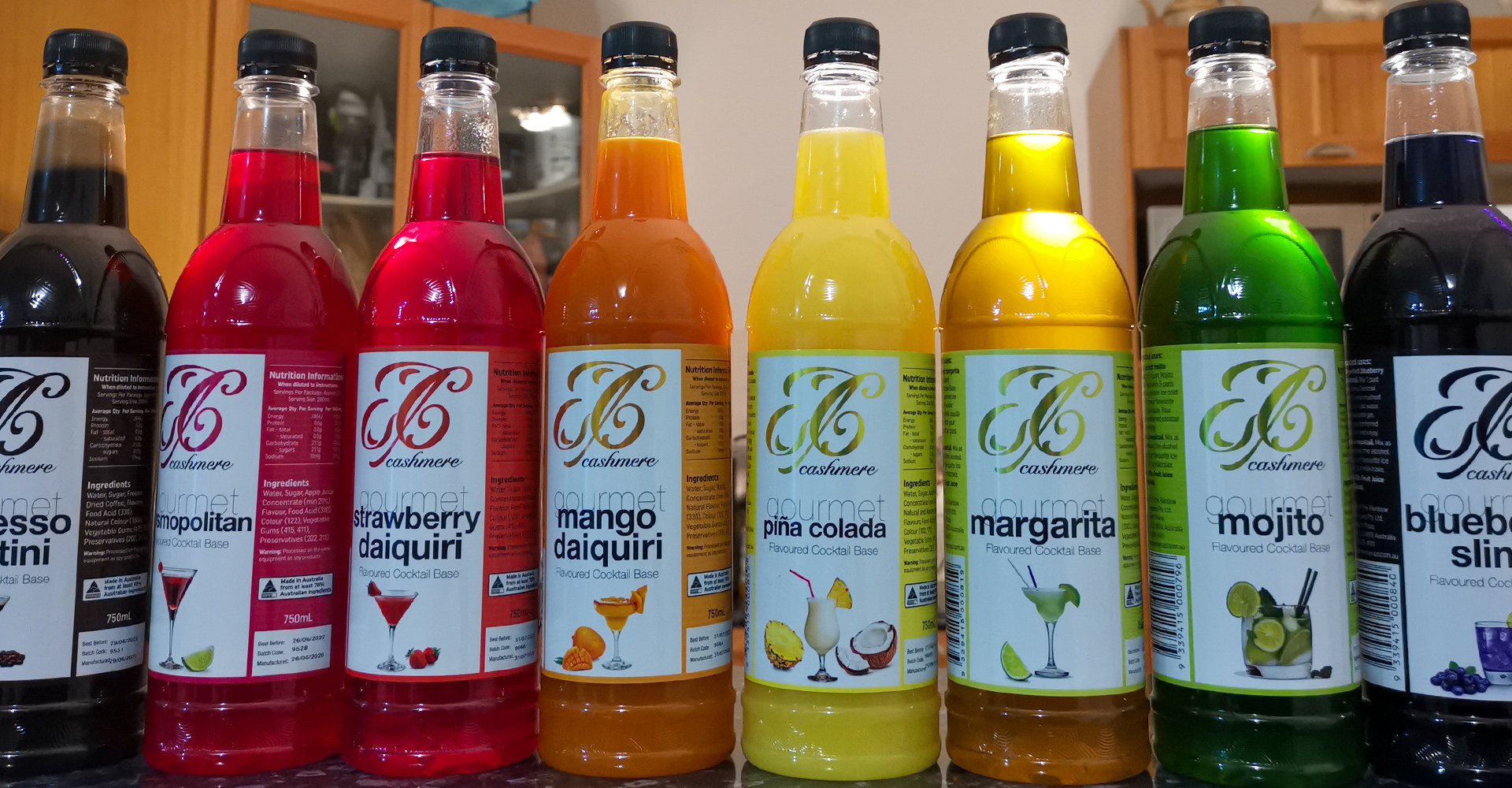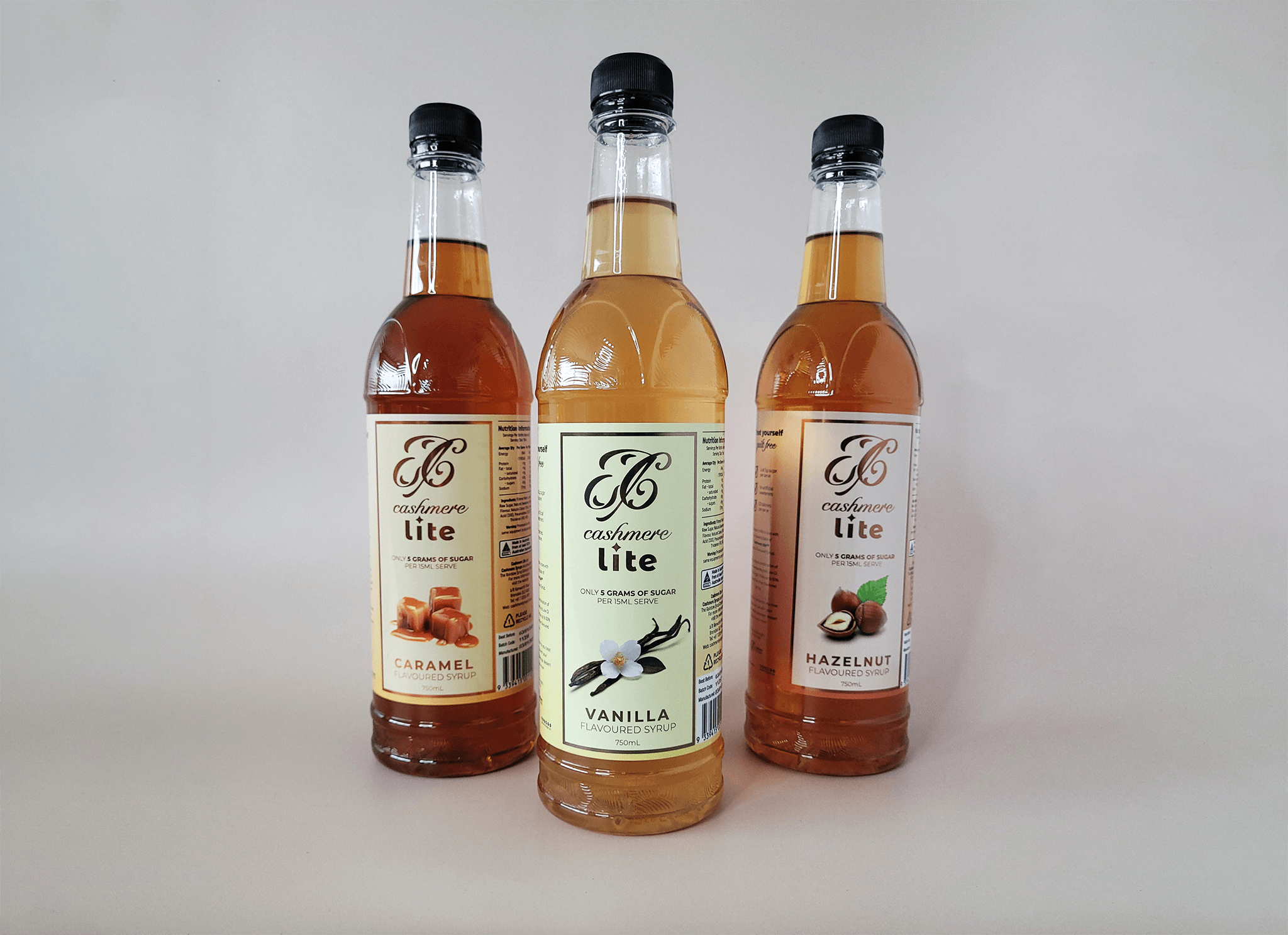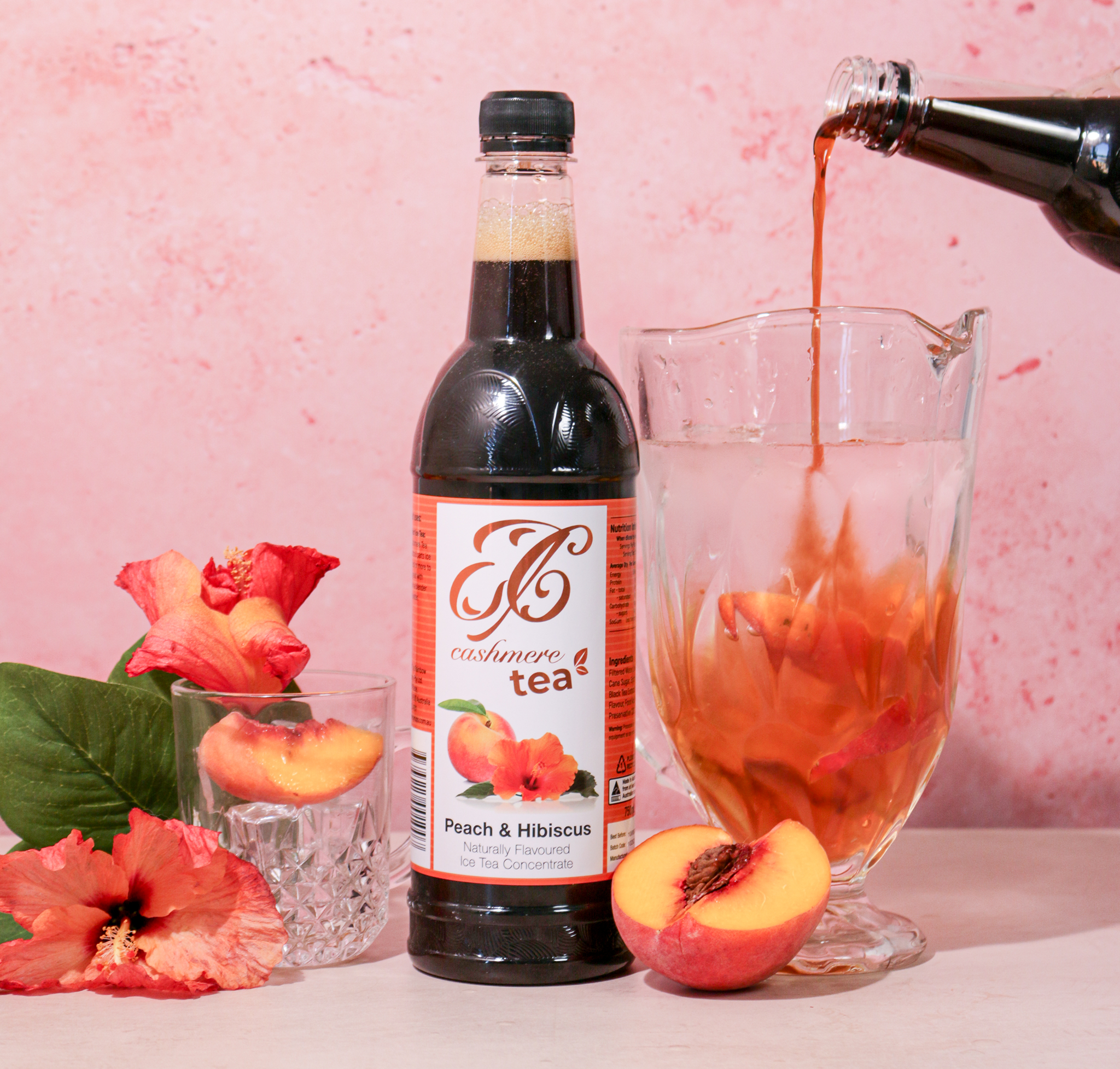Ah, the delightful aroma, the velvety crema, and the bold flavour of a perfectly brewed espresso shot – it's an experience cherished by coffee aficionados worldwide.
While enjoying this tiny cup of goodness may seem simple, behind its exquisite taste lies an intricate science.
In this blog, we delve into the fascinating world of espresso-making and explore the scientific principles that contribute to achieving the perfect espresso shot.
The Coffee Bean Selection
It all starts with the coffee bean. The choice of beans, their origin, and the roasting process significantly impact the espresso's final flavour. Arabica beans, known for their nuanced taste and low bitterness, are commonly used for espresso shots. Robusta beans, with their higher caffeine content and more robust flavour, can be added to create a richer crema. The roasting level also plays a vital role, with lighter roasts preserving more of the bean's original flavours, and darker roasts imparting a deeper, smokier taste.
The Grind Size and Consistency
The grind size is crucial in determining how quickly water passes through the coffee grounds during the brewing process. For espresso, a fine grind is essential to slow down the extraction time and allow for optimal flavour extraction. Consistency is equally important, as uneven particles can lead to over-extraction or under-extraction, resulting in a bitter or weak espresso shot.
The Espresso Machine
The espresso machine is the heart of the process. These machines use pressure to force hot water through the compacted coffee grounds. Typically, commercial espresso machines use nine bars of pressure to extract the coffee's flavours, while home machines may use slightly less. The water temperature is also critical, with the ideal range falling between 90°C to 96°C.
The Brewing Time
The brewing time, or the shot's extraction time, is vital in achieving the perfect balance of flavours. Typically, a well-executed espresso shot takes about 25-30 seconds to extract. If the brewing time is too short, the shot will be sour and lacking body. On the other hand, if the extraction is too long, the shot can turn bitter and overly intense.
Crema: The Golden Layer
The creamy, golden layer on top of a well-pulled espresso shot is called crema. It forms due to the emulsification of oils and proteins in the coffee beans during the brewing process. The presence of crema indicates a fresh coffee, and its thickness can give clues about the shot's quality. A rich and velvety crema is often an indicator of a well-balanced, properly extracted espresso shot.
The Tamping Technique
Tamping is the process of evenly compressing the coffee grounds in the portafilter before brewing. It ensures a uniform density of the coffee bed, enabling the water to pass through the grounds evenly. A consistent and level tamp is essential for preventing channelling (uneven water flow) and ensuring uniform extraction.
The Perfect Shot Ratio
The golden rule for espresso-making is the shot ratio, commonly expressed as 1:2. This means that a well-balanced espresso shot should yield about 2 ounces (60ml) of espresso from 1 ounce (30ml) of coffee grounds. Achieving this ratio requires precise control over the grind size, brewing time, and coffee distribution.
Over To You…
Creating the perfect espresso shot is an art that combines passion, expertise, and an understanding of the underlying scientific principles. From the selection of premium coffee beans to the meticulous brewing process, every step contributes to the final masterpiece in a cup. Whether you're a barista honing your craft or an espresso enthusiast savouring each sip, the science behind the perfect espresso shot adds an extra layer of appreciation to this beloved beverage.
So, the next time you savour that tiny cup of delight, take a moment to marvel at the science that went into creating this exceptional coffee experience.









